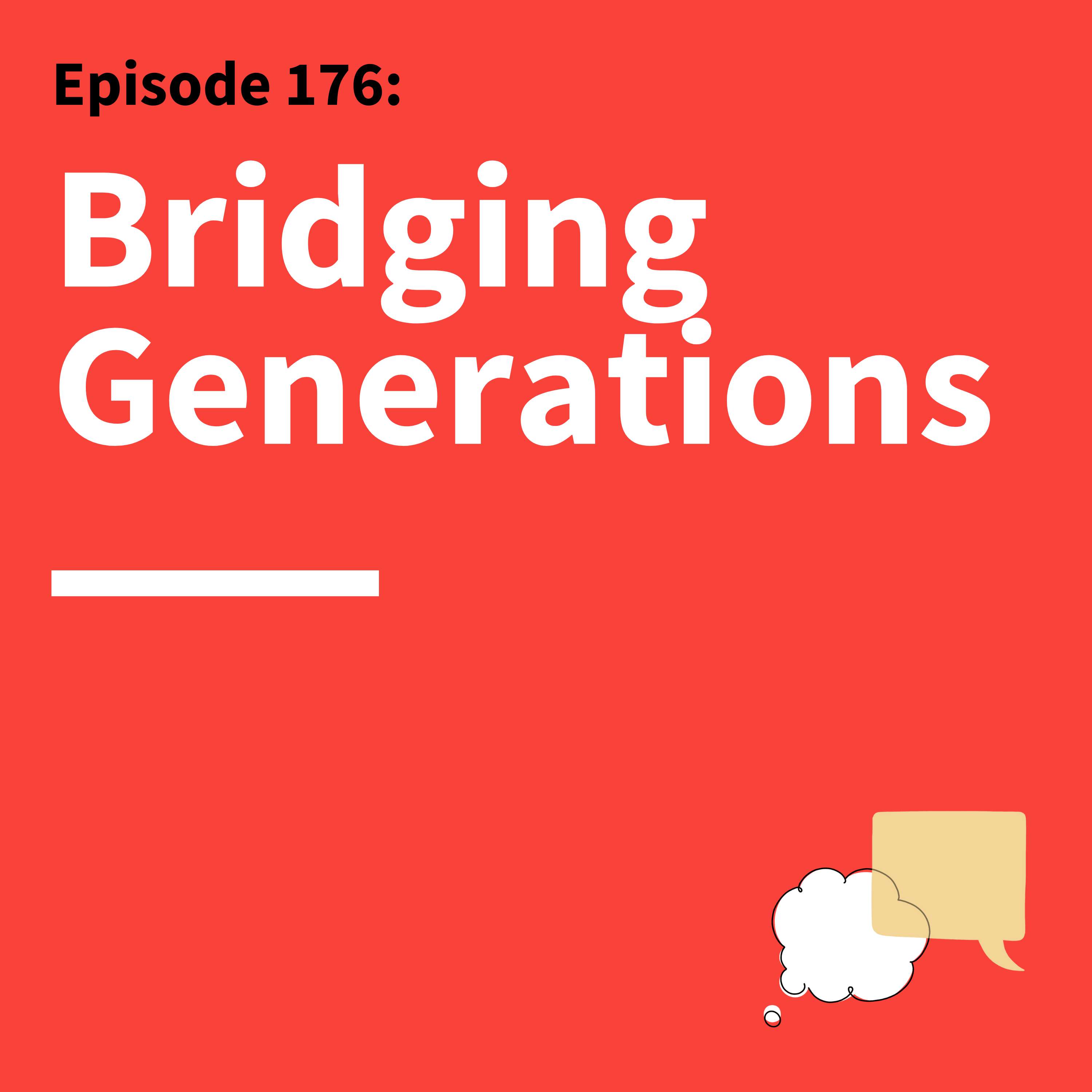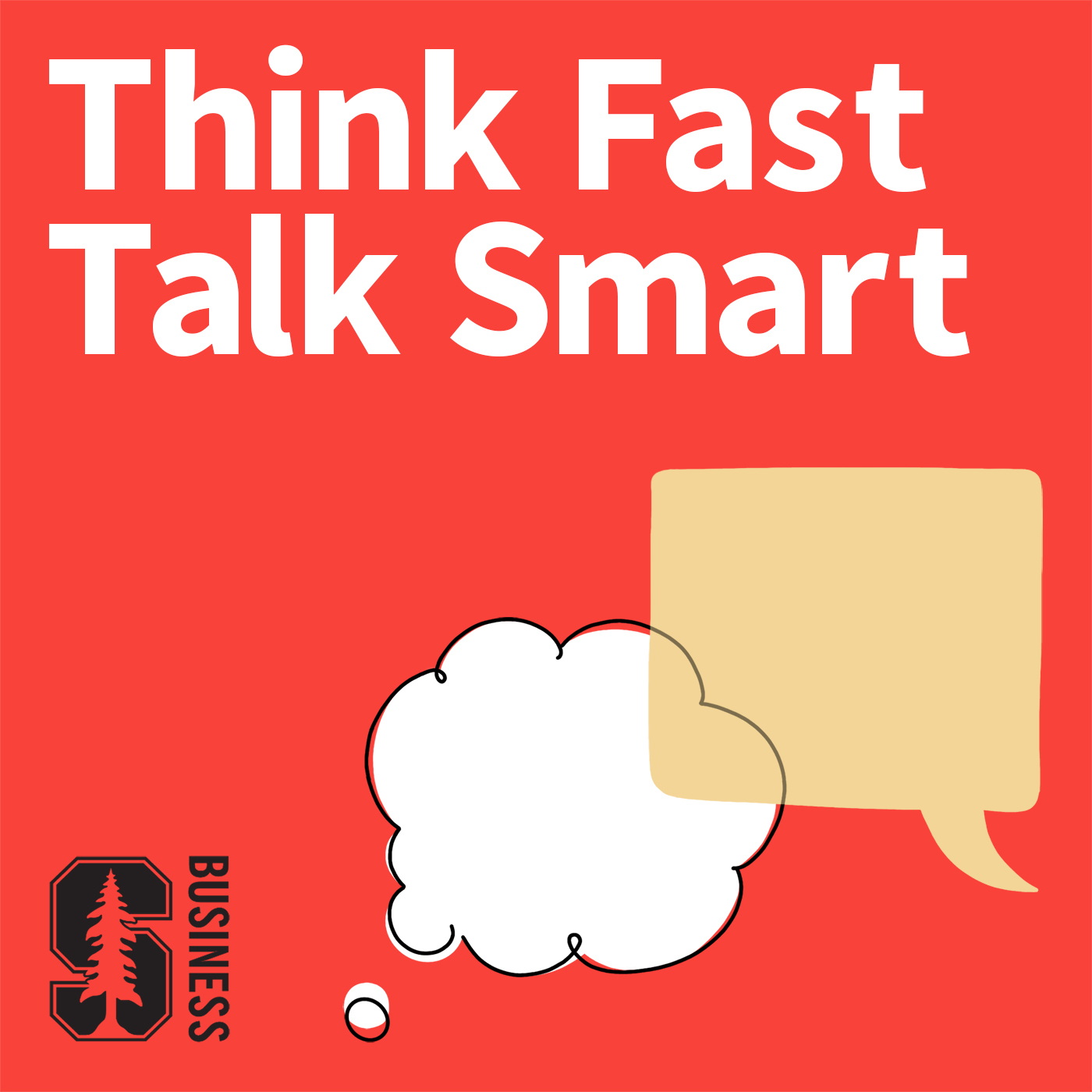
176. From Stereotypes to Synergy: Communicating Across Generations

Think Fast, Talk Smart: Communication Techniques
Deep Dive
Why is age diversity in the workplace important according to Bob McCann?
Age diversity is crucial because it allows for meaningful interactions between different generations, which can lead to a variety of positive business outcomes. With four to six generations working side by side, maximizing intergenerational engagement can drive innovation and collaboration.
What are some practical ways organizations can foster intergenerational connections?
Organizations can implement reverse mentoring programs, form intergenerational teams, and create shadow boards where younger employees shadow senior board members. Additionally, anti-bias training, inclusive job ads, and diverse imagery on websites can help foster a more welcoming environment for all age groups.
What are common stereotypes about older workers in the workplace?
Common stereotypes include older workers being communicatively challenged, frail, slow, or struggling with technology. However, there are also positive stereotypes, such as older workers being more loyal, trustworthy, and productive.
How can technology both help and hinder intergenerational communication?
Technology can help by facilitating training and mentoring across generations, but it can also create barriers if older workers are denied quality training or if stereotypes about their tech abilities persist. Tailoring training methods to suit different learning preferences, such as live or self-paced training, can bridge this gap.
What is the significance of quality contact in intergenerational interactions?
Quality contact, such as shadow boards or cross-generational mentoring, is more impactful than mere quantity of interactions. It ensures meaningful engagement and helps break down stereotypes, fostering better collaboration and understanding between generations.
What does Bob McCann suggest as a key initiative to improve intergenerational communication in organizations?
McCann suggests diversifying employees' networks by encouraging them to engage with people of different ages, cultures, and genders. This can be done through initiatives that promote networking opportunities based on common interests, fostering deeper connections and understanding.
What are the three key ingredients for successful communication according to Bob McCann?
The three key ingredients are: 1) strong offense (preparation with data, stories, and evidence), 2) defense (being ready for objections and friction), and 3) special sauce (understanding the audience and using persuasive techniques tailored to them).
Shownotes Transcript
Age diversity and cross-generational synergy can transform an organization.
Most of us know age diversity matters in the workplace. But according to UCLA’s Bob McCann,) we're thinking about it all wrong: it's not just about having different generations present — it's about creating meaningful connections between them.
As director of UCLA's Leadership Communication Program and founder of the McCann Group, McCann has spent years researching intergenerational workplace dynamics. With four to six generations now working side by side, he says there’s never been a better time to create synergies between the old and the young.
"There's a tremendous opportunity for meeting and interacting with people who are different than you, for increasing a variety of potential outcomes in business in a positive way, if we can maximize our intergenerational engagement," he says. His research reveals that while many organizations focus on gender and ethnic diversity, age diversity often gets overlooked in DEI initiatives — despite its crucial role in workplace success.
In this episode of Think Fast, Talk Smart), McCann joins Matt Abrahams to discuss how organizations can move beyond superficial age diversity to create meaningful cross-generational connections. From reverse mentoring programs to shadow boards, they explore practical ways leaders can harness the power of generational difference to drive innovation and collaboration.
Episode Reference Links:
- Bob McCann)
- Ep.67 What Is Normal? How Culture Affects Communication Styles)
- Ep.21 Words Matter: How to Make Your Communication Inclusive)
Connect:
- Premium Signup >>>> Think Fast Talk Smart Premium)
- **Email Questions & Feedback **>>> [email protected]
- Episode Transcripts >>> Think Fast Talk Smart Website)
- Newsletter Signup + English Language Learning >>> FasterSmarter.io)
- Think Fast Talk Smart >>> LinkedIn), Instagram), YouTube)
- Matt Abrahams >>> LinkedIn)
Chapters:
(00:00) - Introduction
(01:01) - Why Generational Interactions Matter
(01:54) - What is a Generation?
(03:03) - Combating Workplace Ageism
(04:21) - Breaking Stereotypes
(06:56) - Better Intergenerational Interactions
(09:41) - Technology and Training Across Generations
(11:26) - The Three Final Questions
(17:14) - Conclusion